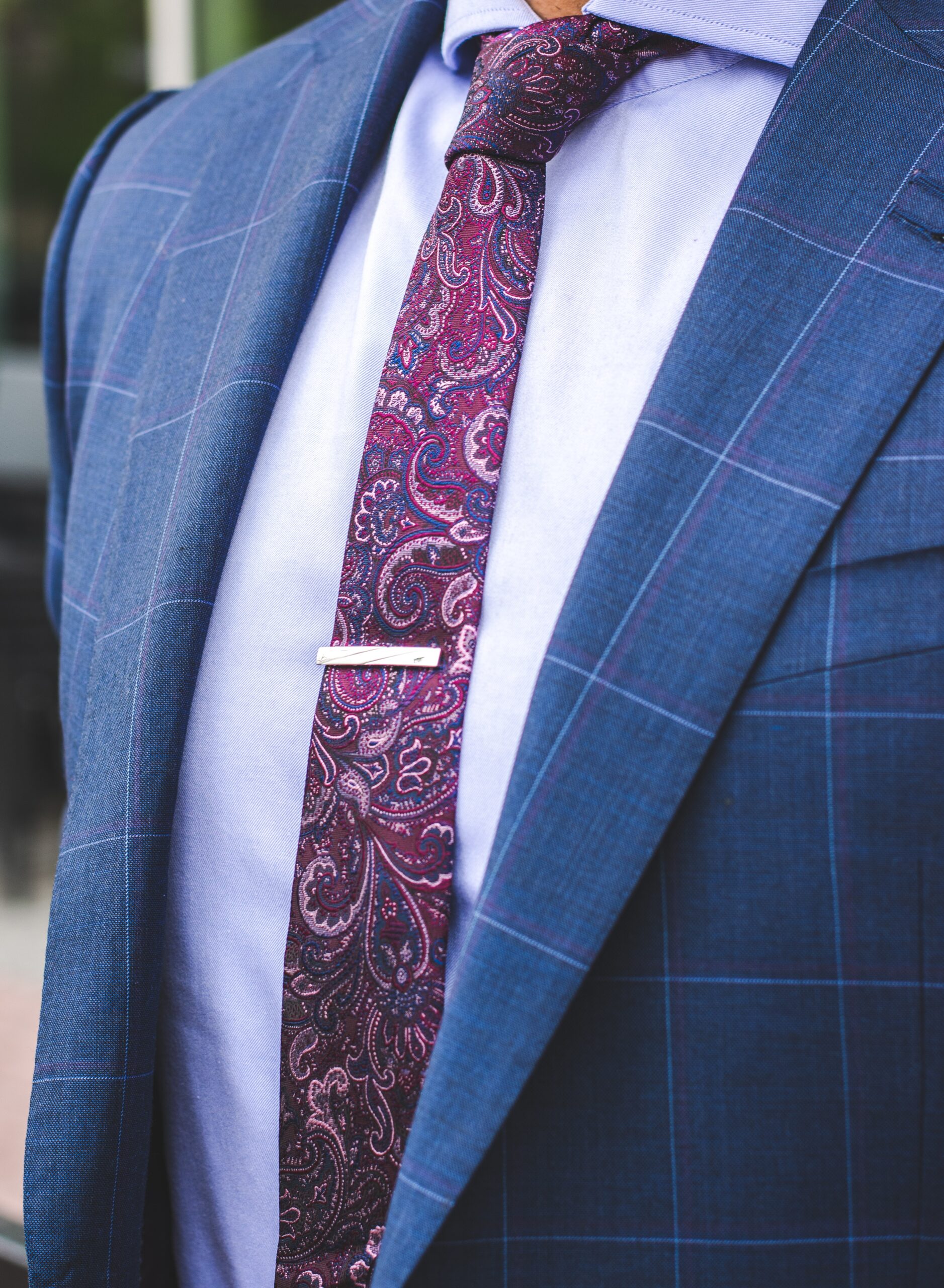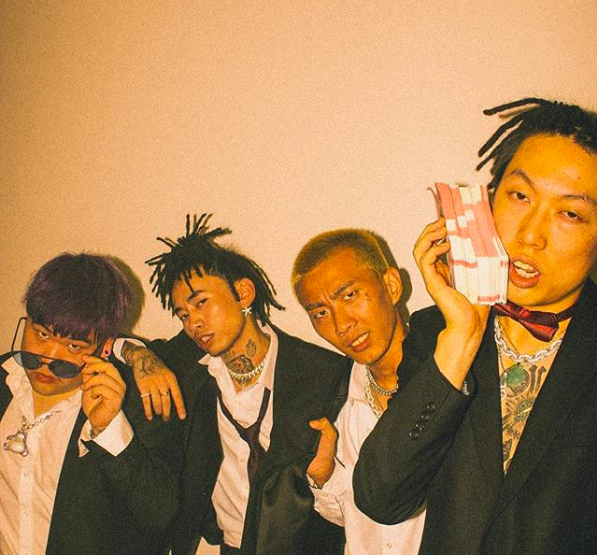We are at an age where social media encourages us to speak out; it gifts us with a powerful voice. But as wonderful as that is, it has inevitably opened the Pandora’s box of swirling, clashing opinions that dominate cyberspace. Don’t get me wrong– heated debates are the fires that propel us humans to call an issue to attention and eventually mediate the right conclusion. However, in the case of cultural appropriation, the water hasn’t boiled over yet.
Here is one thing most of us are sure about: offending a culture is unacceptable. Especially if the origin of the culture is stripped of its name, its rooted history is ignored or patronized, and if it’s expressed in a mocking or disrespectful manner. But this still doesn’t clear things up.
The music industry is the perfect manifestation of this problem. Kpop, for example, is largely glorified, notwithstanding critics on the other side pointing out that its aspects of R&B and hip-hop are drawn from black culture. Last year, Jay Park came under fire for defending himself and rapper Avatar Darko–who is white– for donning dreadlocks and being heavily involved in the hip-hop scene. He responded by referring to foreigners who use Korean slang and listen to Kpop regularly, writing, “Is that cultural appropriation? Or is that just showing love and being interested in or passionate about something?”
https://twitter.com/cherrycxsmos/status/1227655008184946688?s=20
Jay Park isn’t the only one using elements of other cultures in his own art. In fact, a number of Asian artists have and are doing so, like the Higher Brothers in China, Keith Ape and Dok2 in Korea… the list goes on. Even the Wu-Tang Clan and Nicki Minaj have taken to Asian influences in their performances. Which brings together the questions: is it still appropriation if the exchange is done among minority groups? Is it appropriation if minorities incorporate elements of a dominant culture? In a YouTube video by Vice’s Broadly, sociologist Ninochka McTaggart believes it’s a matter of “giving the credit to Asian-Americans and not making… a mimicry or mockery of the culture,” and it’s “the nature of culture” that creates that reciprocal relationship of embracing each other’s roots in one’s own renditions.
Fashion designers have also fallen multiple times in the appropriation pit. One of the most notable incidents in modern fashion history was catapulted by Marc Jacobs, who was labeled as racially insensitive due to his neglect of casting enough black models to walk his shows, where dreadlocks were displayed as part of the looks. The issue is both a prominent and ambiguous one in the fashion industry. Especially because ever since globalization began, the human race has exchanged goods and traded different ways of wearing clothes, be it for convenience or a new method of expression. Just look back at the Meiji period in Japan, when the government’s tactic for “modernization” and development was to open the floodgates of westernization, which encouraged the normalization of suits and ties on the streets.
https://www.instagram.com/p/BKgYwsuBHWE/?utm_source=ig_web_copy_link
As exchange is part of the “nature of culture” in music, so it is in the fashion world. And not just historically. Because designers look to their surroundings to devise ideas for their projects, they are prone to appropriation, particularly in the 21st Century. Globalization through digital media both opens and barricades the gates of expanding creativity, what with the overwhelming schools of data swimming around the internet in constant, rapid motion. It’s often extremely difficult to trace back the origins of a particular trend or a beautiful picture. The internet, therefore, is an advantage for artists scouring for inspiration but is at the same time a dangerous jungle they are obligated to learn to navigate well.
To add to the problem, the internet is full of eyes. What artists create, these eyes can appreciate, but they are also able to witness fault, take offense and be hurt. That’s part of the reason why appropriation isn’t considered to be all that cool anymore, despite us having participated in it decades ago without a problem.

The paisley print actually originates in Iran but was popularized in America in the 60s. Image via Pexels
People are repeatedly trying to explain cultural appropriation and draw the line that determines the degree to whether it is acceptable or not. But this is difficult in that so many different people have their own standards for this issue. And it might differ internationally, as well. One of Affinity’s own writers wrote about her experience as a Malaysian, swapping traditional outfits with Chinese and Indian cultures on Hari Merdeka (Malaysian independence day), to celebrate the diversity that resides in her country. She writes, “In countries like Malaysia, it is our culture to share each other’s cultures.”
Obviously, there are clear distinctions that pass as blunt marginalization and ignorance, like Rachel Dolezal’s theft of Black racial identity, sexualization of cultural stereotypes, and faux tribal patterns painted on faces and accessories for fun. Even Marc Jacobs isn’t innocent; his lack of representation of black models doesn’t justify his choice of using dreadlocks in his show. But are Asians allowed to wear chains and rap about their struggles? Is it blasphemy for someone to dress up as Pocahontas on Halloween? Is it okay as long as they’re fully understanding the history behind what they’re representing?
Sometimes, it is as if criticism restricts people from truly celebrating aspects of other cultures that they genuinely appreciate, but to others, this is just a loss that we have to take into account and deal with. And so the debate continues. What is your definition of cultural appropriation?
Image via @higherbrothers on Instagram












